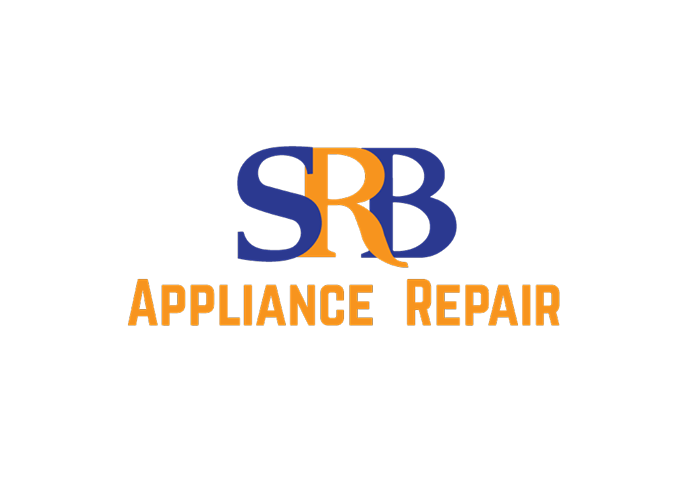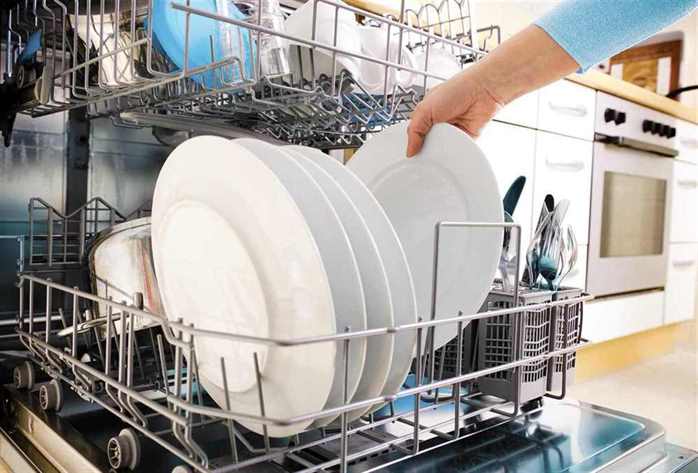Even the best dishwashers will not get the job done if they aren’t loaded properly. Odds are you are doing at least one thing wrong—you are cramming too many dishes inside there or placing the large platters and silverware in the incorrect place. Even though it always pays to check your owner’s manual for any specialized directions, the following steps provided by the appliance repair service of SRB Appliance Repair offers tips on how to load a dishwasher to produce the best results in the majority of machines.
Step One
Top rack. Put glasses, cups, and smaller bowls on the top rack. We suggest scraping large bits of leftover food, yet pre-rinsing is not needed with today’s dishwashers. Do not overcrowd, which usually increases the risk of breakages, as well as prevents the flow of detergent and water. In addition, dishwasher-safe plastics belong in the top rack, and away from the heating component to prevent warping.
Step Two
Silverware. Load spoons and forks with their handles facing down. Put knives with their handles faced upward, to avoid accidentally cutting yourself when you take them out. If the dishwasher contains an open basket, mix forks, spoons, and knives to keep them from nesting.
Step Three
Large items. Place serving bowls and plates and other large items on the dishwasher’s bottom shelf. Oversize plate ware, like dishwasher-safe cutting boards and platters, ought to go toward the back and sides so they do not block detergent and water. Put items that have baked-on food toward the spray arm and face down.
Pans and pots that are made of stainless steel or aluminum usually can go inside the dishwasher. Search for a dishwasher-safe sign on the bottom of your cookware. Or else you can also check the manufacturer’s website or owner’s manual for specific directions.
Other Considerations
No-nos for the dishwasher include larger kitchen knives, as the chemicals and heat may take a toll, in addition to anything made of bronze, brass, china or wood. Also, we suggest washing non-stick pots and pans by hand, although some manufacturers claim they are safe for the dishwasher.
Once you have correctly loaded your dishwasher, it is a great idea to run your kitchen sink until the water turns hot. It’ll keep the wash cycle from beginning with cool water.
You should always use a top-rated dishwasher detergent. Our suggestions include single-dose detergents (like Cascade pac).
Lastly, keep your rinse-aid dispenser filled up for streak-free, fast drying.
How to Clean your Dishwasher
The following 3 steps will eliminate bad smells and ensure peak performance:
Clean the Dishwasher’s Exterior
If the dishwasher’s front is designed of plastic, use hot, soapy water and a sponge to wipe it down. For a stainless-steel dishwasher, glass cleaner is efficient at removing grime that has built up, as well as fingerprints and smudges. Avoid directly spraying the cleaner onto the front of the dishwasher, as the moisture might damage its electronic controls. Instead, spray your cleaner onto a soft cloth or paper towel then apply the cloth to your dishwasher.
Clear the Dishwasher’s Filter
One times per week or so, pull the bottom rack out then remove the dishwasher’s filter system, which typically consists of multiple interlocking parts. There often is a middle cylinder which unscrews, permitting you to lift the system out and take it apart. Individually clean the parts at the sink, utilizing the spray on the faucet or sponge.
Deodorize and Sanitize
Over a period of time, discolorations may form throughout the inside of the dishwasher, particularly in homes that have hard water. Odors also will penetrate the material. Usually, white vinegar is a remedy for both problems. Put a clean bowl that has two cups of vinegar toward the middle of the bottom rack. Run your dishwasher on its normal cycle without any detergent. The dispersal of vinegar all throughout the cycle ought to leave the dishwasher deodorized and sanitized.
If discoloration persists, because of serious mineral deposits from the hard water in your home, you will have to switch to a harsher store-bought dishwasher cleanser. These 3 dishwasher detergent additives are recommended: Lemi Shine Original, Glisten Dishwasher Cleaner and Hard Water Spot Remover, and Finish Power Up Booster Agent.

